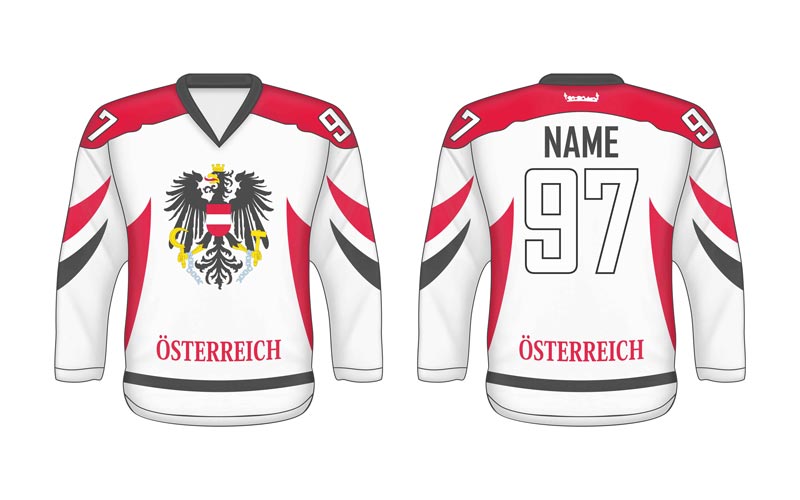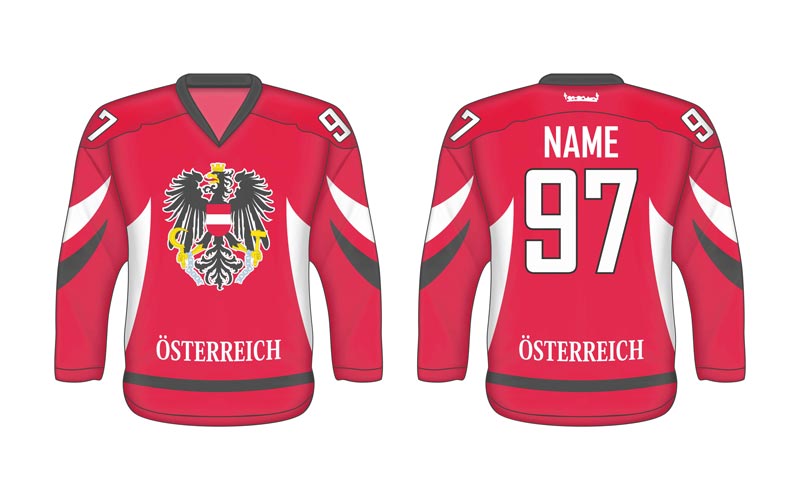Digital printing is one of the most advanced types of fabric printing. Our company owns a Kornit industrial printing machine. This machine uses 6 heads when printing, with 2 heads printing white and 4 heads printing CMYK. When printing, the ink is sprayed directly onto the pre-treated fabric. The fabric so printed is then fixed at a given temperature and time in a drying tunnel. Once fixed, the fabric is ready for use. We recommend that you wash your fabric before using it, as with any other technology.
For white fabric, only CMYK is printed. Colour fabrics are first printed in white to form a white base, and CMYK colour components are then printed in white. 100% biodegradable water-based paints, 100% safe, no toxins, safe for children and infants, are used for printing. Inks meet the most stringent industry standards such as Oeko-Tex 100 safety applications for infant wear, Global Organic Textiles (GOTS-3V), Residues Standard List (RSL) and the American Association of Textile Chemists and Colorists.
The advantage of digital printing is that you do not pay additional costs, as with screen printing, so you can print any number of colours and print e.g. only one piece without a problem. Digital printing is useful when printing multi-colour images, transition images, photos, and for low-volume production.
Price depends on print size and quantity ordered.
Advantages:
- quality results on both light and dark fabric,
- the same treatment and endurance as when screen printing,
- the ability to print any graphics,
- possibility of production from 1 pc, at favorable price compared to screen printing.
Disadvantages:
- not possible to use metallic colours (only in combination with other technology - e.g. flex).
Further information:
- washing up to 40°C,
- maximum size of the print: 35 cm x 45 cm,
- colours: theme colour (CMYK),
- printable materials: a) cotton b) modal. DTG technology is not entirely suitable for printing mixed cotton/polyester fabrics (polyester back sublimation for fixation)



 Slovensky
Slovensky Deutsch
Deutsch Česky
Česky